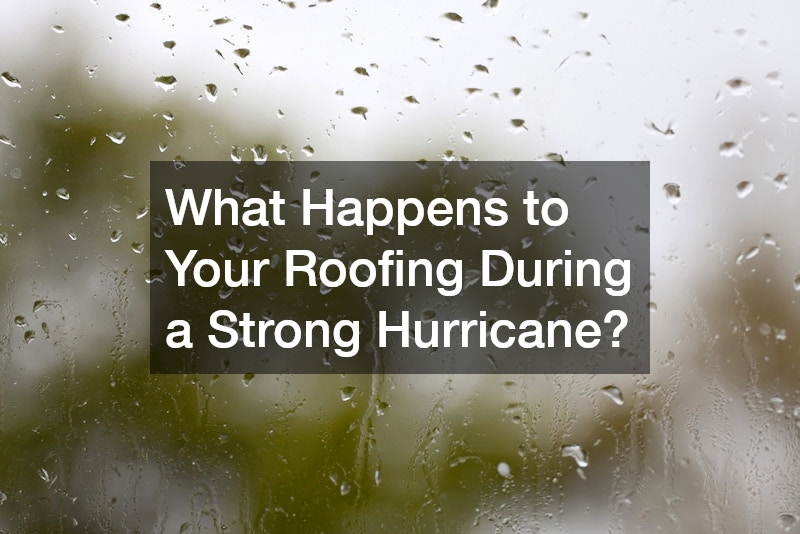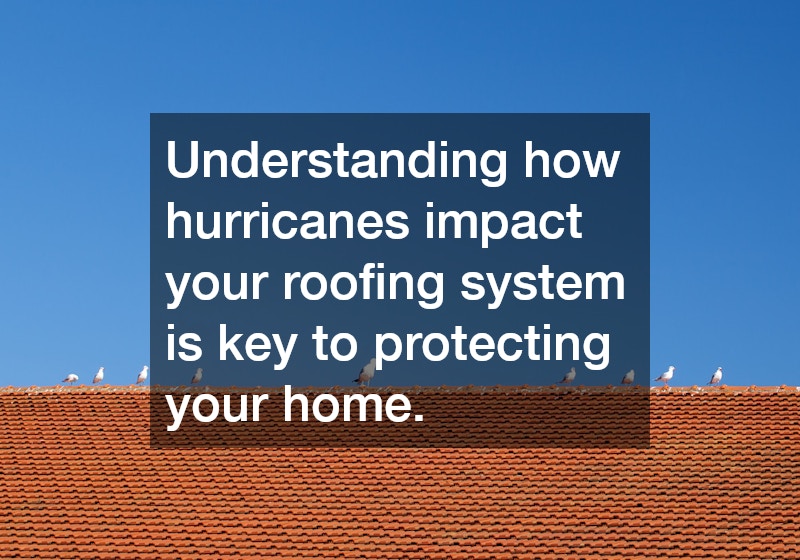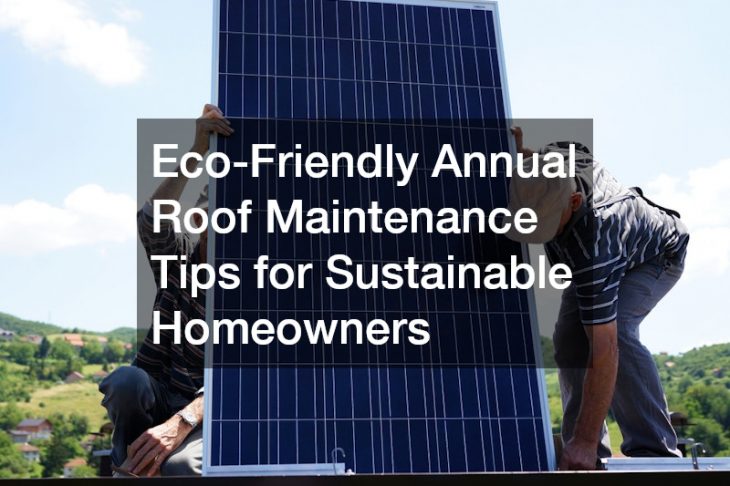
What Happens to Your Roofing During a Strong Hurricane?
For homeowners in hurricane-prone areas, understanding how a strong hurricane impacts your roofing is crucial. The roofing system is one of the most vulnerable parts of a house during a storm, as it bears the brunt of high winds, heavy rain, and flying debris. Whether you’re preparing for an impending hurricane or assessing damage after the storm, knowing what to expect can help you take necessary precautions to protect your home.
What are the Immediate Effects of a Hurricane on Roofing?
Wind Damage
One of the most immediate and severe effects of a hurricane on roofing is wind damage. Strong winds can easily dislodge shingles, tiles, or other roofing materials. In some cases, entire sections of the roof may be ripped off, exposing the home to further damage. Winds at hurricane speeds can also lift the edges of the roof, creating openings for water to penetrate.
Rainwater Penetration
Heavy rainfall is a common feature of hurricanes, and it can quickly infiltrate through any weaknesses in the roofing system. Leaks from missing shingles or damaged flashing can allow water to seep inside, causing significant water damage to the home’s interior. In some cases, rainwater can accumulate in the attic, leading to mold growth, insulation damage, and even structural issues.
Debris Impact
Flying debris, such as tree branches, roofing materials, and even household items, can strike your roof with immense force during a hurricane. These impacts can puncture or break shingles, tiles, and other roofing components. Even small debris can cause long-term damage by creating entry points for water.
How Does Hurricane Preparation Help Protect Your Roof?
Roof Inspections
One of the most effective ways to protect your roofing is to schedule regular inspections before the hurricane season. A professional roofer can assess the integrity of your roof, checking for loose or worn shingles, weak flashing, or any structural issues. Identifying and addressing vulnerabilities early on can prevent more extensive damage during a hurricane.
Reinforcements and Repairs
Reinforcing your roof structure can make a significant difference in its ability to withstand high winds. This might include securing shingles with hurricane clips, reinforcing roof trusses, and repairing any existing damage. The goal is to strengthen the roof’s resilience to minimize wind and water damage during the storm.
What Types of Roofing Materials Withstand Hurricanes Best?
Metal Roofing
Metal roofs are widely considered one of the best options for hurricane-prone areas. They are durable, lightweight, and resistant to wind uplift. Metal roofing can withstand gusts that would tear off traditional shingles, making it an ideal choice for protecting homes in areas with frequent storms.
Impact-Resistant Shingles
For those who prefer traditional roofing materials, impact-resistant shingles are a good alternative. These shingles are designed to withstand flying debris and strong winds. They are made of fiberglass and polymer, which makes them more resistant to breakage compared to standard asphalt shingles.
Concrete Tiles
Concrete tiles offer excellent protection during a hurricane due to their weight and durability. They are resistant to both wind and water damage, and their interlocking design helps prevent them from being lifted by strong winds. Although concrete tiles can be expensive, their longevity and storm-resistant properties make them a worthwhile investment for homeowners in hurricane zones.
What Steps Should You Take Post-Hurricane?
Damage Assessment
After the storm passes, it’s essential to assess your roof’s condition. Look for missing shingles, visible holes, and any signs of water penetration inside the attic or home. Document the damage with photographs for insurance claims and repair references.
Insurance Claims
Filing an insurance claim for roof damage after a hurricane is often necessary to cover repairs. Be sure to thoroughly review your homeowner’s insurance policy to understand the coverage limits for storm damage. After documenting the damage, contact your insurance provider promptly to begin the claims process.
Understanding how hurricanes impact your roofing system is key to protecting your home and ensuring its long-term integrity. By preparing in advance, using durable materials, and taking prompt action after a storm, you can minimize damage and safeguard your investment. Proactive roofing care is the best way to preserve both the structure of your home and your peace of mind.


